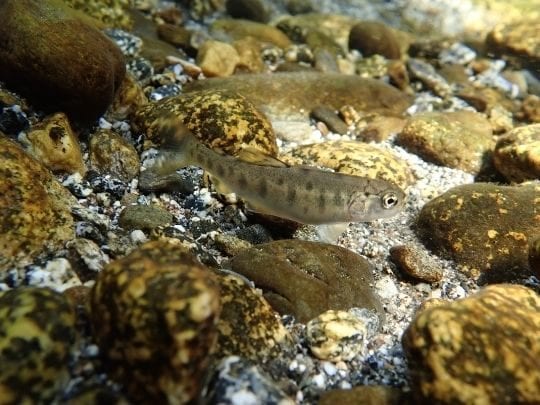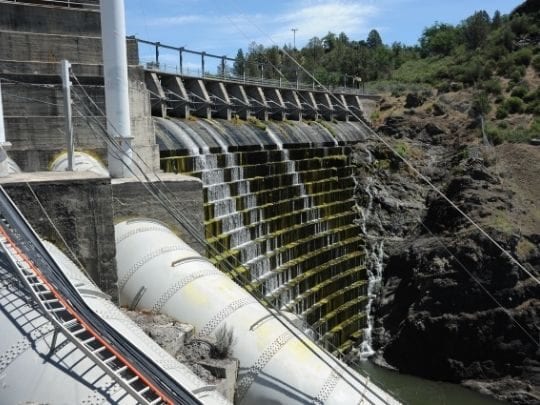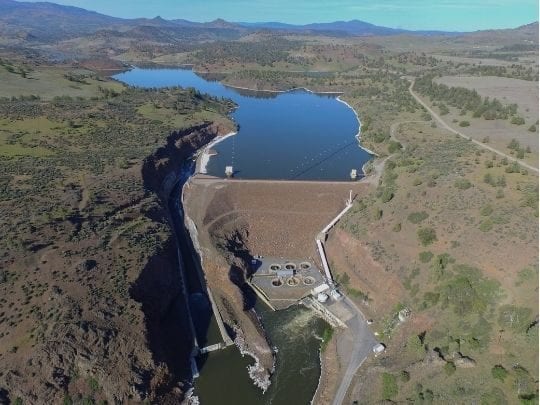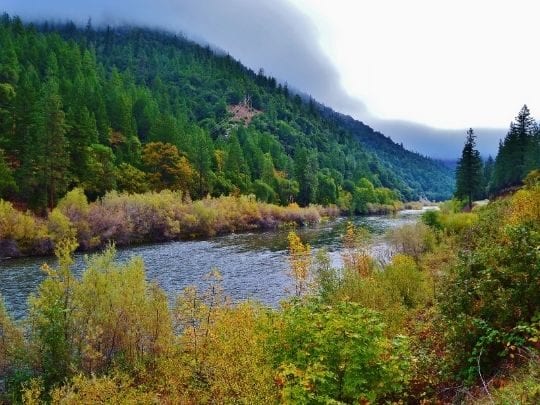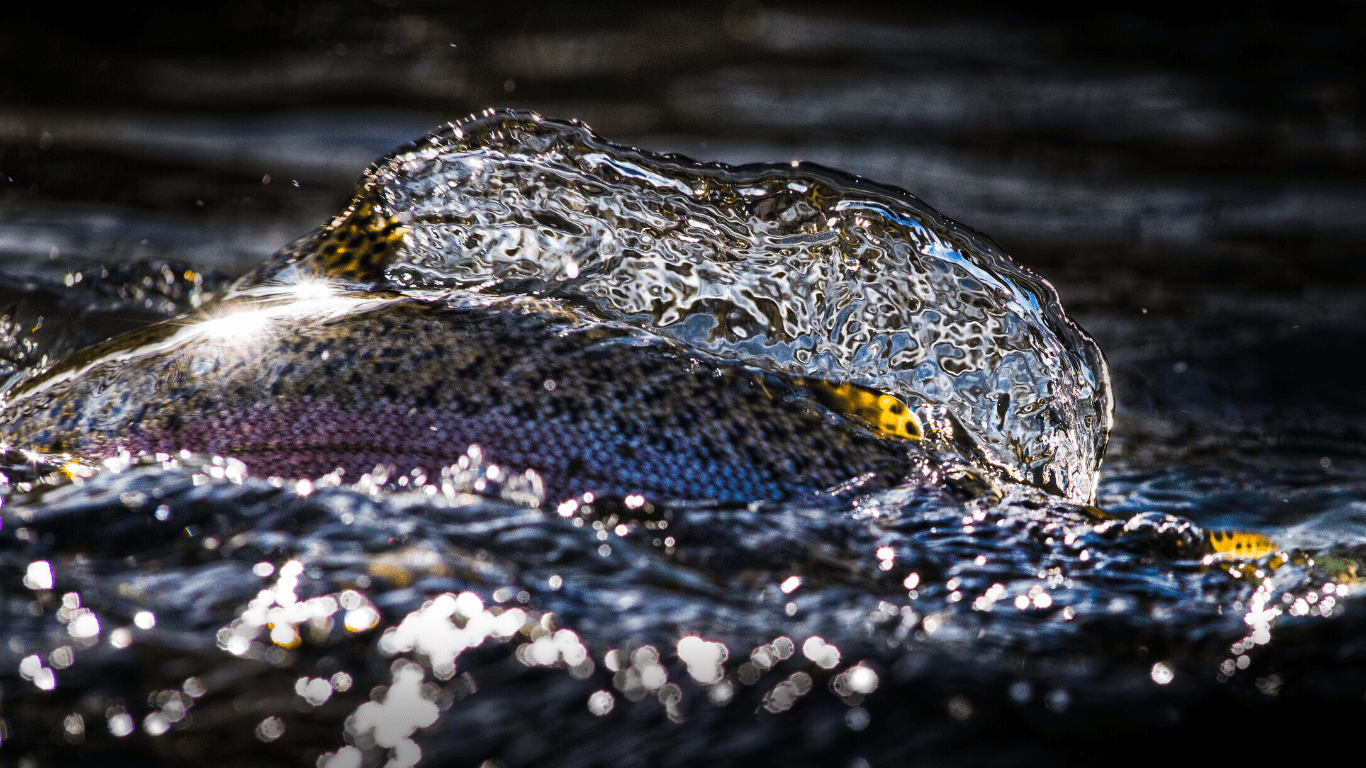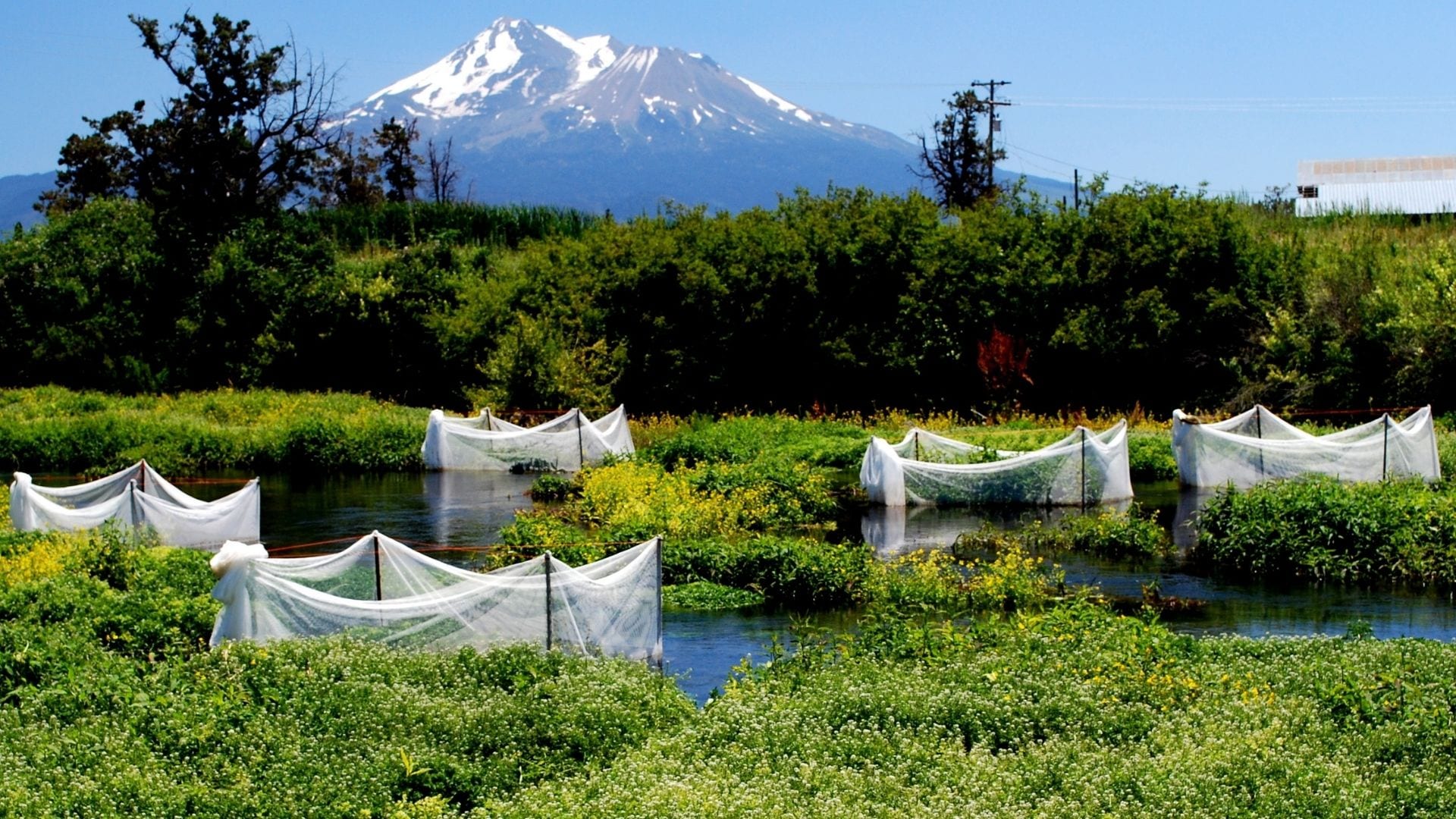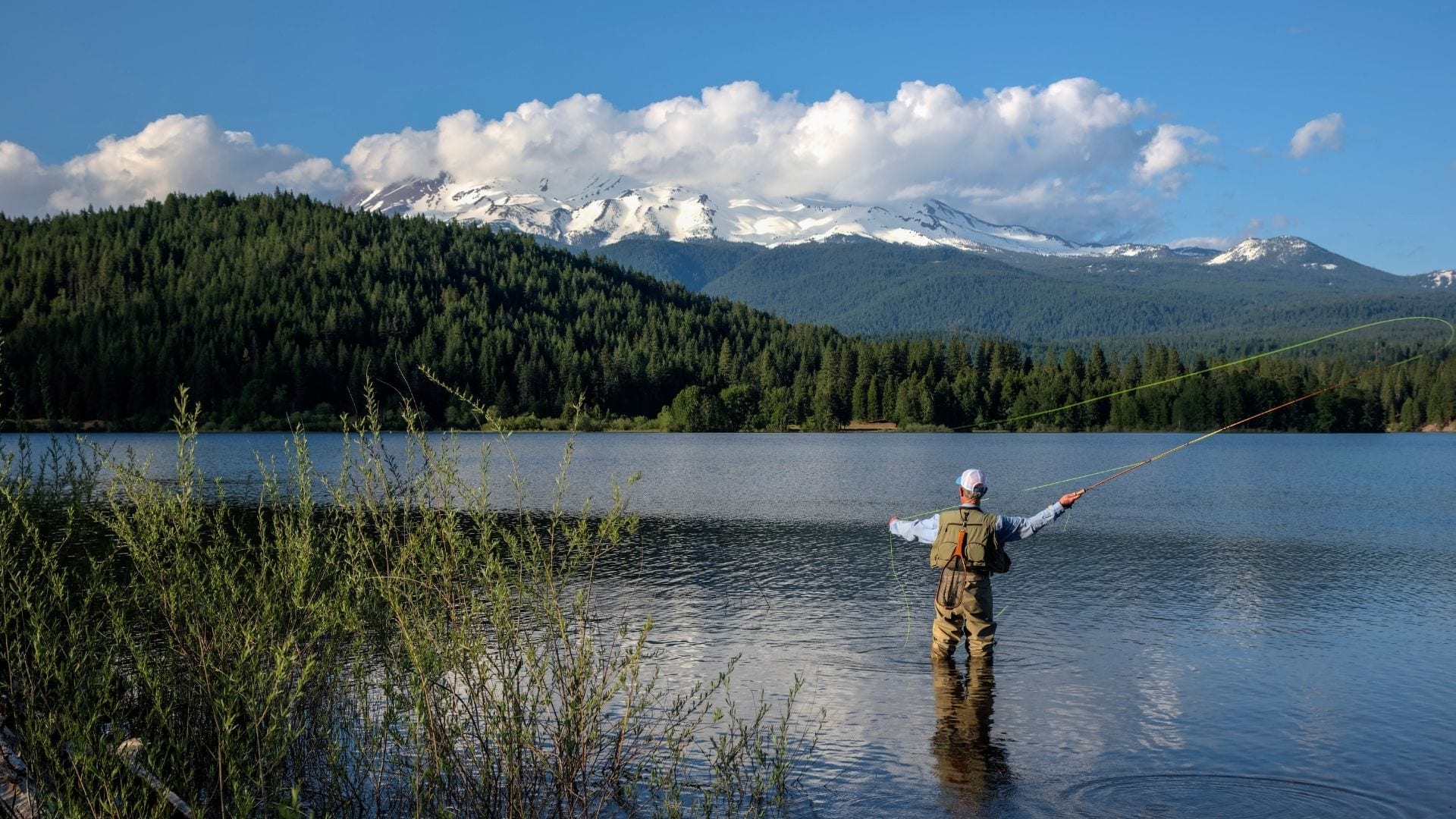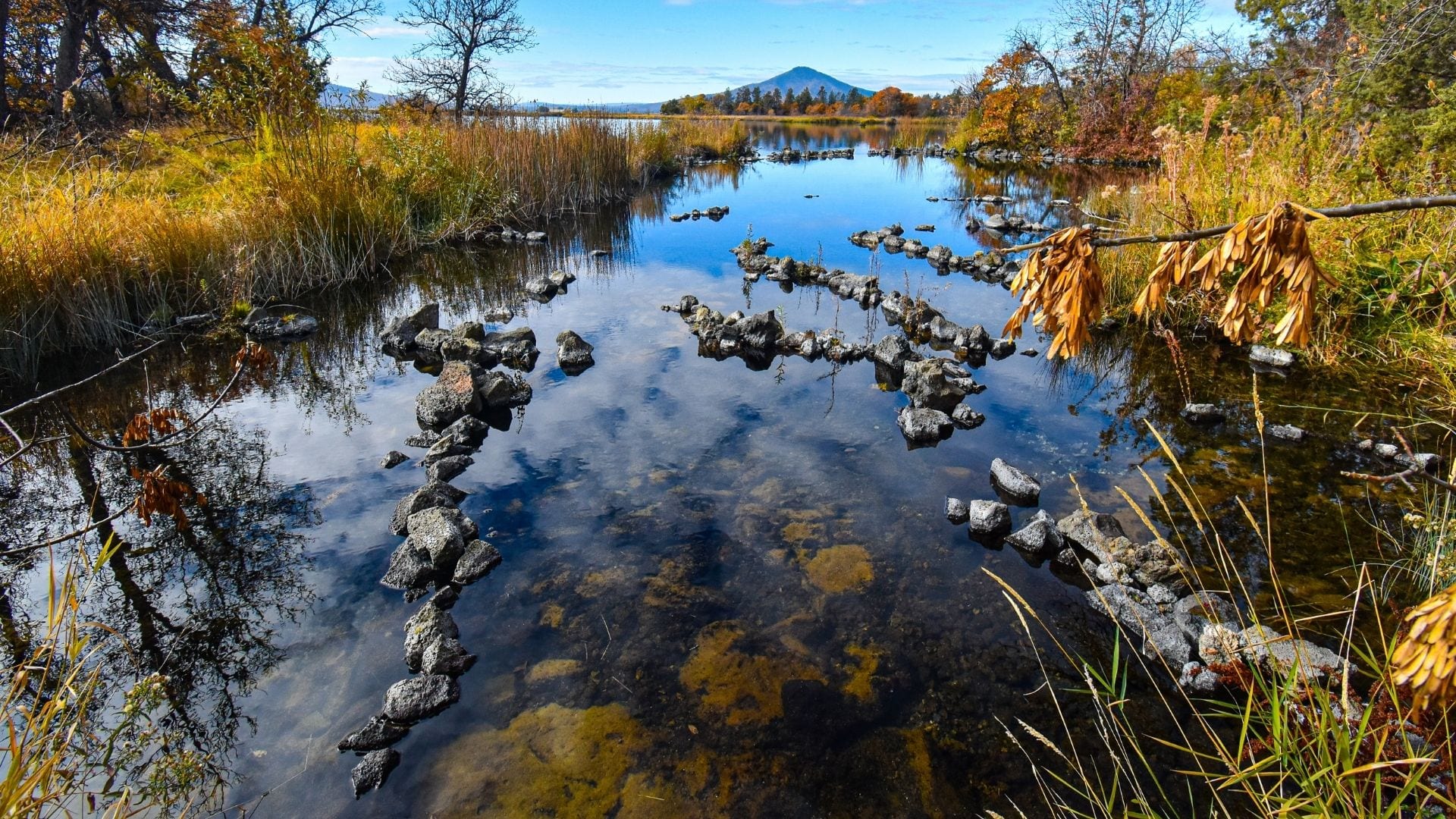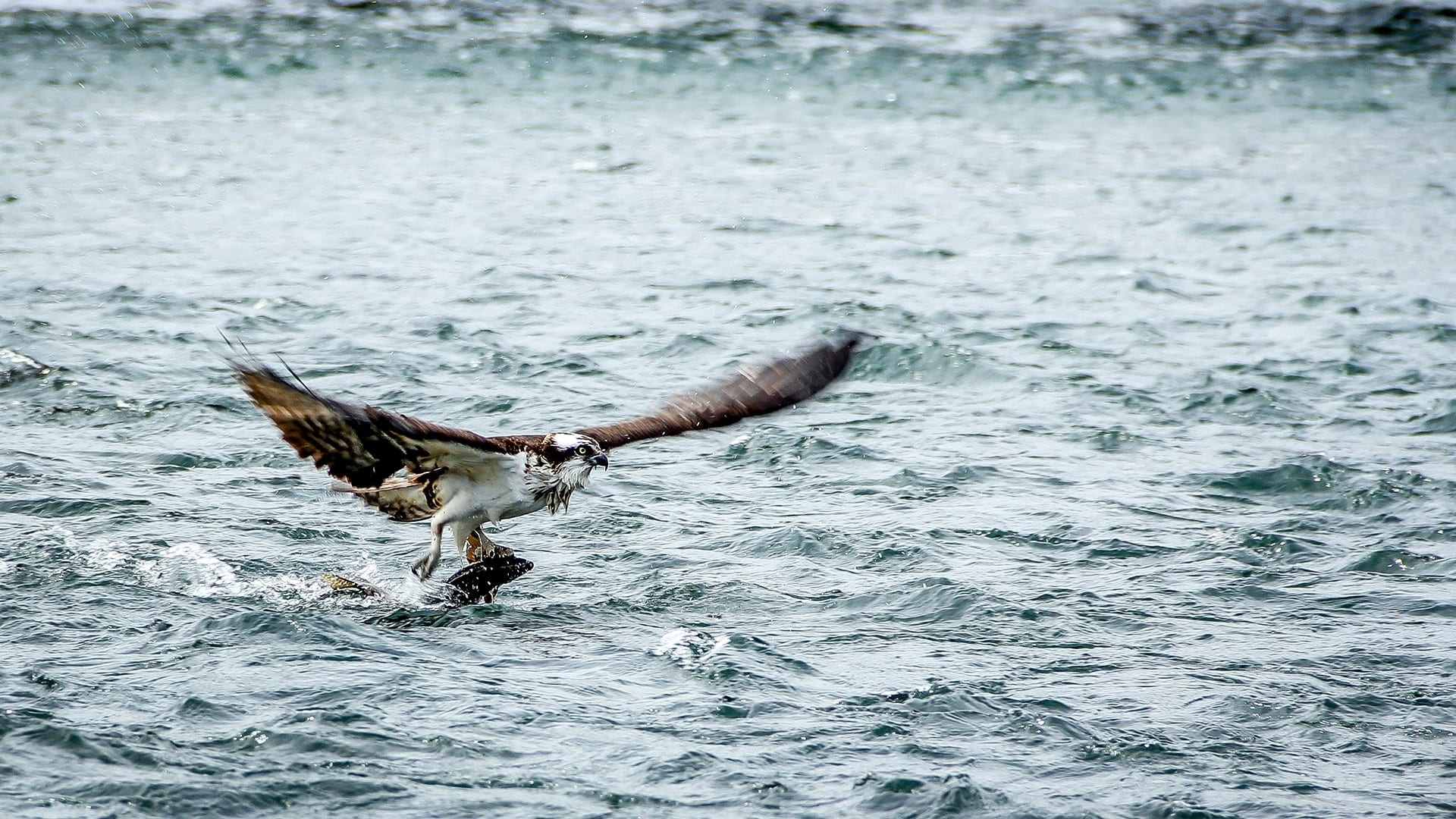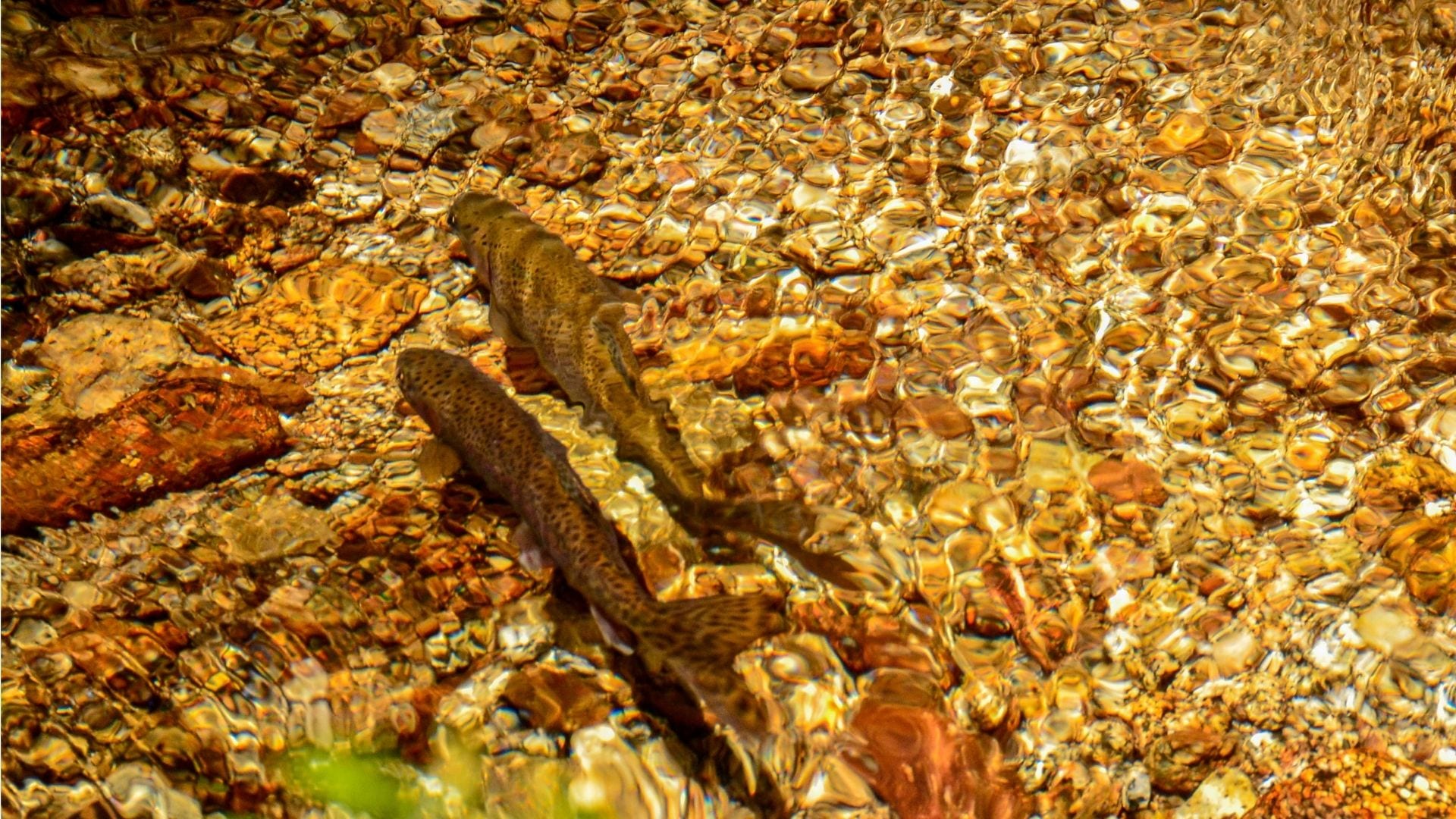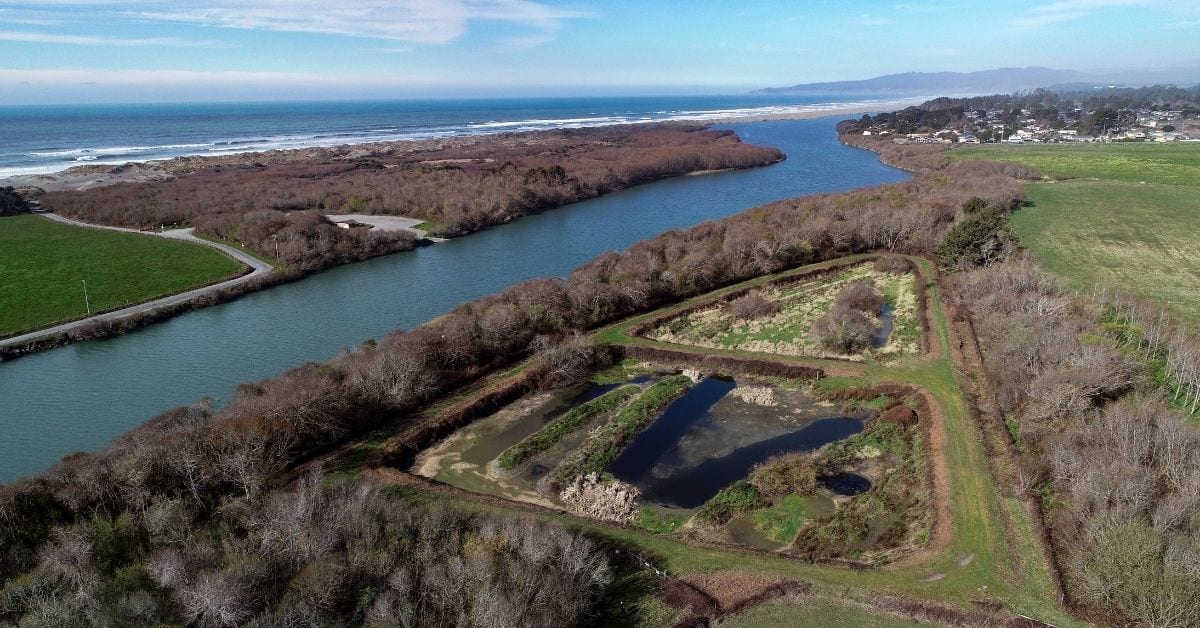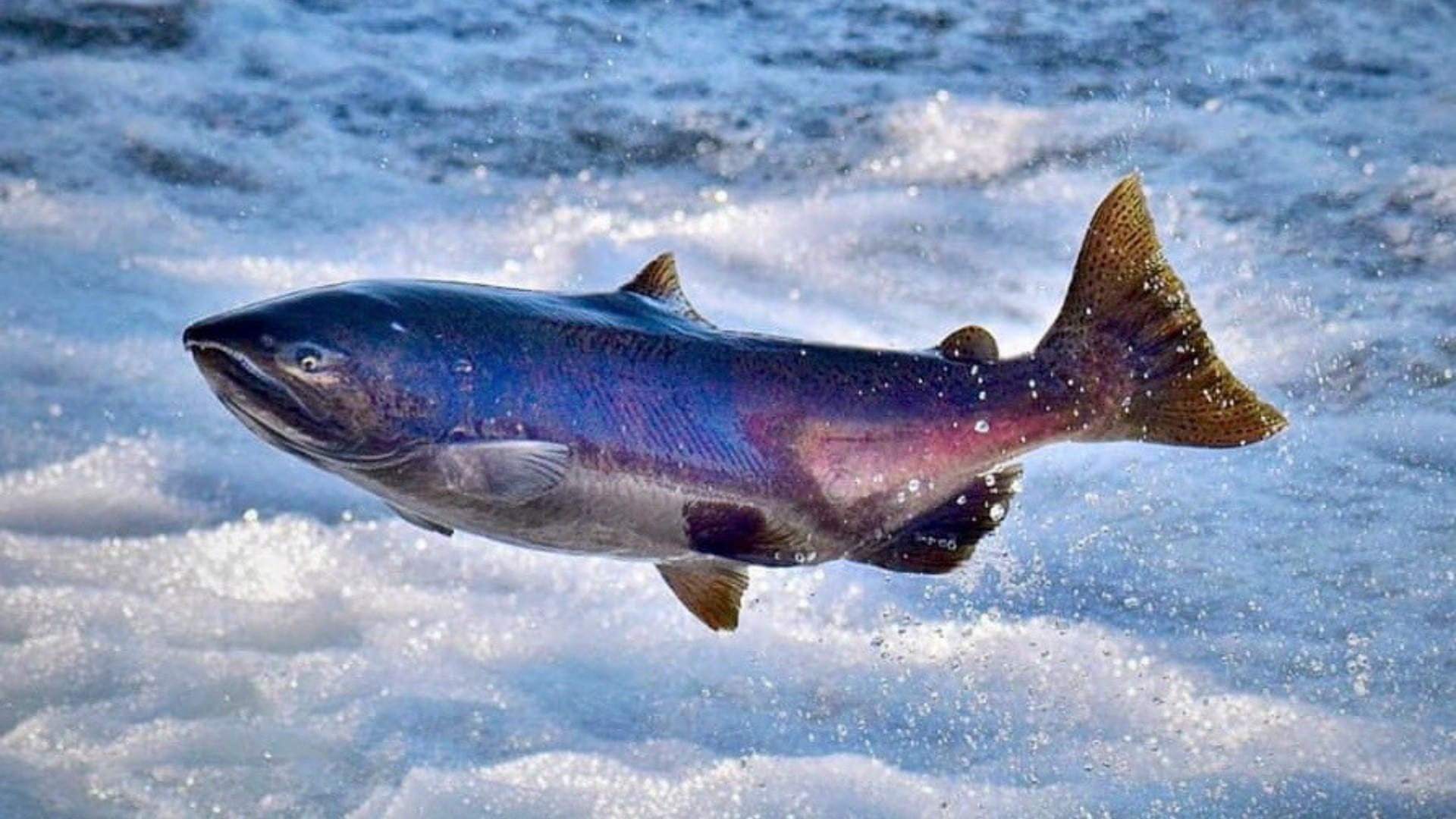
By Mark Bransom
KRRC Chief Executive Officer
The Klamath River Renewal Corporation (KRRC) is a private, independent nonprofit organization tasked with implementing the largest dam removal and river restoration effort ever performed in the United States – and possibly the world. KRRC is part of a cooperative effort to re-establish the natural vitality of the Klamath River, primarily by removing four hydroelectric dams and restoring the footprint of the reservoirs.
The heart of KRRC’s mission is the volitional fish passage the entire length of the river, but we expect salmon and steelhead to make it far beyond the Klamath. This is a truly epic project to reopen more than 400 miles of historic habitat that has been blocked for a century. The State of Oregon is already planning for the return of salmon and steelhead to rivers like the Williamson and Sprague.
Cover Photo: Fall Klamath by Bo Adams
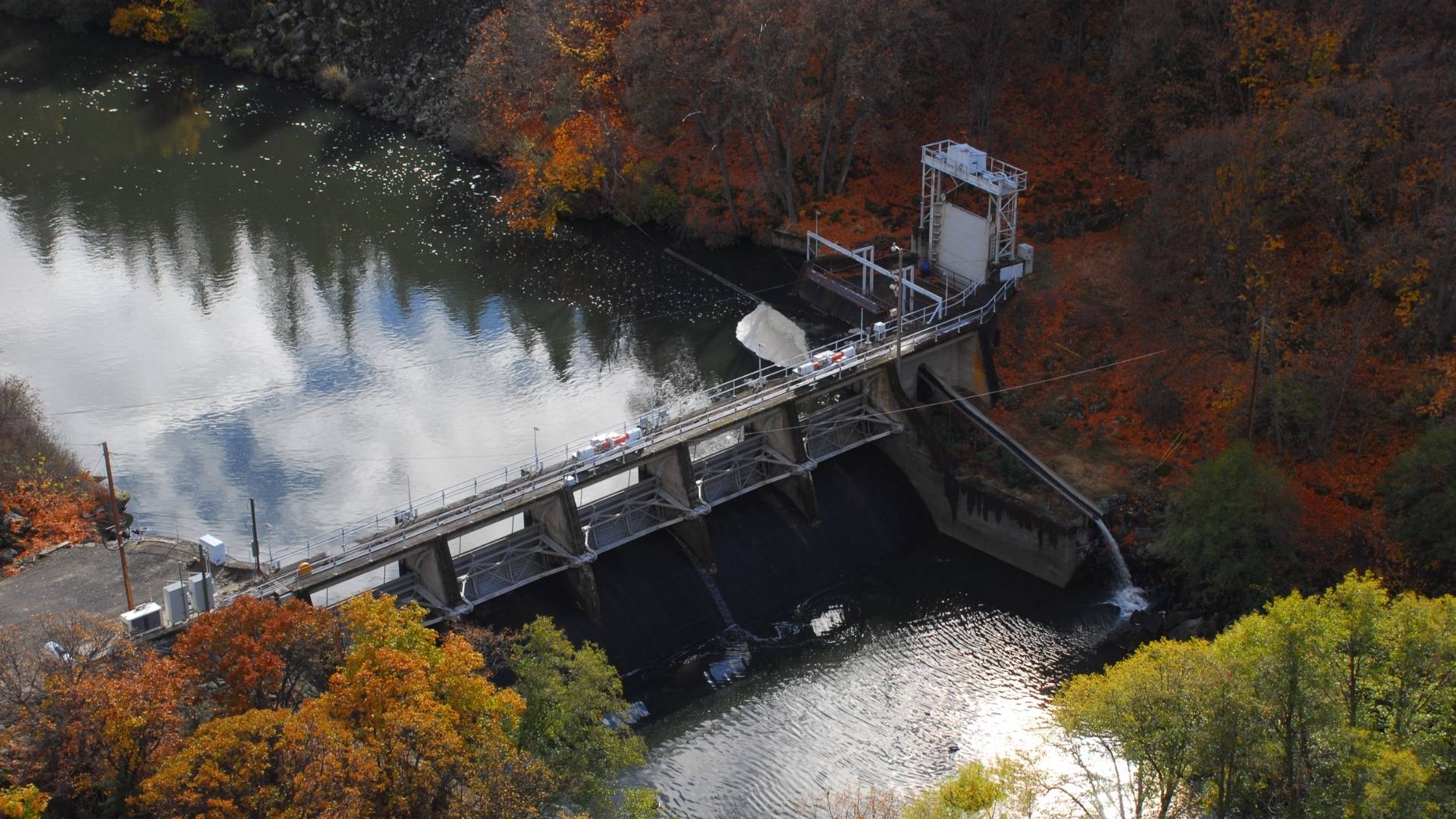
This ambitious fish recovery effort was born in 2016 out of the amended Klamath Hydroelectric Settlement Agreement (KHSA) as an alternative to the planned relicensing of the hydro facilities.
Cal Trout joined with 23 parties, including the States of California and Oregon, local governments, Tribal nations, dam owner PacifiCorp, and numerous other conservation and fishing groups, to enact this unprecedented agreement. The project is funded by $200 million from PacifiCorp customer surcharges and $250 million from California Proposition 1 water bond funds.
Photo: Copco 2 Dam on Klamath River by Thomas O'Keefe
KRRC has entered into a dam removal design-build contract with construction firm Kiewit Infrastructure West Co. of Fairfield, California. Kiewit has extensive experience in major construction projects, including the emergency reconstruction of the Oroville Dam spillways, which involved removal and repair of both the main flood control and emergency spillways in less than 18 months as well extensive debris and sediment removal, development of access roads and other work. Kiewit has also undertaken relevant projects such as the Folsom Dam Spillway Construction (Phases II & IV), East Toba and Montrose Hydroelectric Design Build and the Kwalsa and Upper Stave Hydroelectric Design Build.
Under the agreement with KRRC, Kiewit will utilize the Progressive Design-Build delivery method, assuming responsibility for both the design and execution of dam removal.
KRRC has also tapped Resource Environmental Solutions (RES) to perform the restoration work. People have asked if we will leave huge and unsightly mud pits where the reservoirs once were. The answer is no. We are poised to spend many millions of dollars to revegetate and restore the footprint of the project.
Over the past decade, RES has helped clients successfully permit more than 2,800 projects, creating rich, high-functioning ecosystems as part of each one. Typical clients include large mining operators, energy production companies, energy transmission companies, Fortune 500 companies, DOTs, municipalities, and other public-sector organizations.
KRRC has also obtained significant insurance coverage as part of a risk management program believed to be the most comprehensive ever considered by the Federal Energy Regulatory Commission (FERC) for purposes of dam removal. In addition to insurance, the risk package includes performance bond and indemnity coverages to offset potential short- and long-term project effects.

The KHSA represents years of negotiations, exhaustive scientific study, and compromise among the many groups – including Cal Trout – who are all working together to improve conditions along the Klamath River. Healthy rivers breathe life into the communities they touch. Dam removal and a revitalized Klamath River will enhance resiliency to strengthen the entire Klamath watershed for the future.
Photo: Misty Klamath by Bo Adams
Until the project is fully underway, our team dedicates time explaining the project to local communities to dispel widely held misunderstandings. Many people fear that dam removal will take water from farmers and ranchers. But not a single farm, ranch, or municipality diverts water from the reservoirs slated for elimination. Some people believe the dams are operated for flood control. They aren’t. These are single-purpose dams operated for hydropower production and constitute less than two percent of PacifiCorp’s power portfolio.
CalTrout has been an incredible partner since day one. They were deeply involved in the arduous settlement negotiations that turned the dream of dam removal into a fully funded project. CalTrout has stuck with us through every obstacle that has cropped up and KRRC deeply appreciates our partnership. We look forward to celebrating together when the river once again flows freely.
For more information about KRRC, visit their website www.klamathrenewal.org




